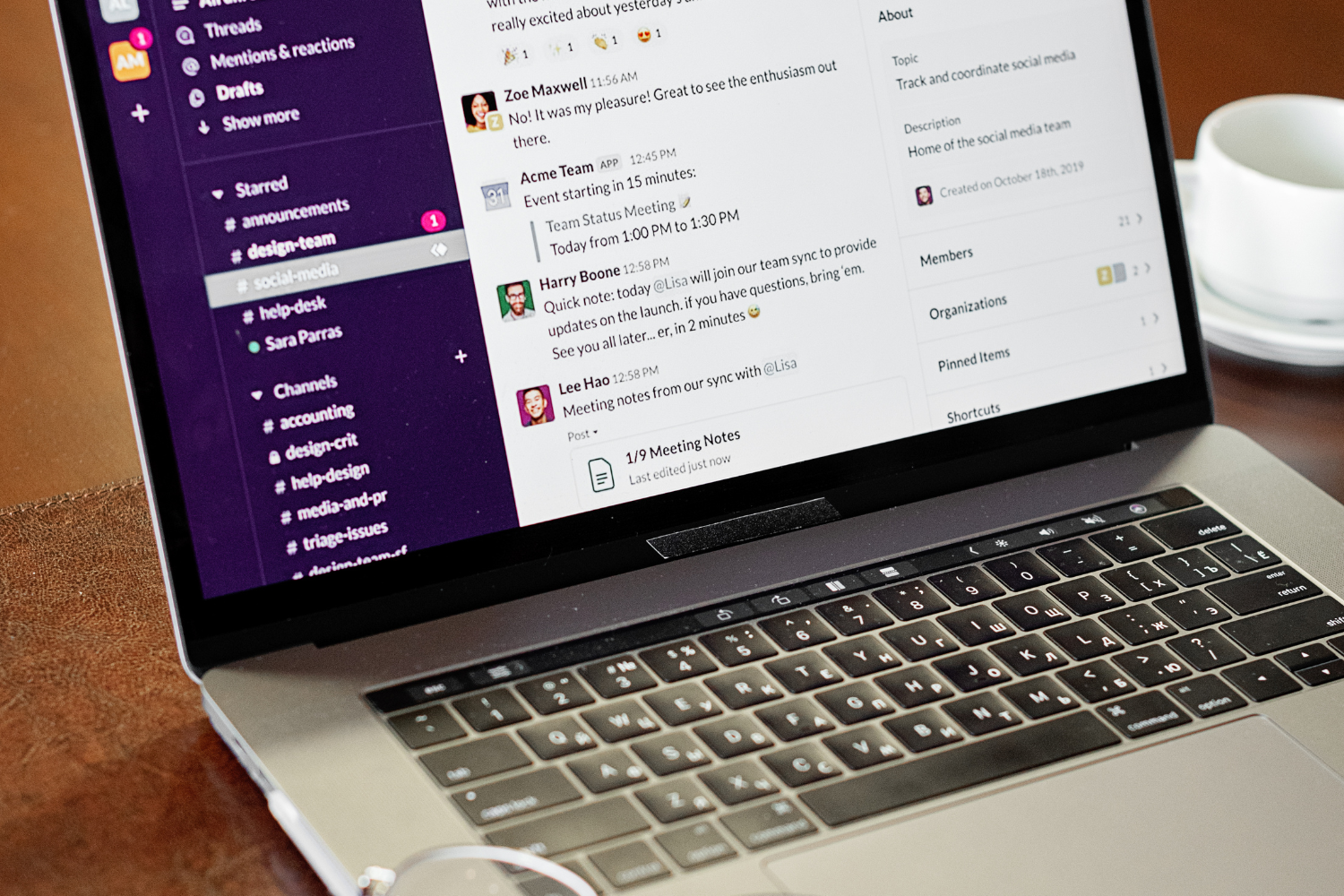Giving feedback during onboarding plays a crucial role in shaping a new hire’s confidence, clarity, and connection to the team. During onboarding, new employees are forming their first impressions of the company’s culture, job duties, and work environment. The right feedback at this stage can support a positive onboarding experience, strengthen employee engagement, and set the foundation for long-term employee retention.
However, poor onboarding experiences often come from unclear or overly harsh feedback that creates stress or confusion. This guide covers how to give clear, constructive feedback during the onboarding period, ensuring every new hire feels supported and aligned with the company’s mission and organizational goals.

Why Onboarding Feedback Feels Different Than Regular Feedback
New hires are not just learning job duties—they’re also figuring out the company’s mission, values, and workplace culture. Feedback during this time can have a lasting impact on how new team members view their role and future at the company.
New hires are still adjusting
New employees are often unsure of how things work during the onboarding process. They’re trying to understand expectations, build relationships, and get used to the information presented in training materials. Too much criticism during this early stage can create confusion, lower employee satisfaction, and make new hires feel like they don’t belong.
Even small comments can feel overwhelming if they don’t come with context or support. Feedback should focus on guidance and encouragement to help boost productivity without shaking confidence. A thoughtful employee onboarding feedback process builds trust and supports a successful onboarding experience.

Remote and cross-cultural communication makes tone harder to read
Remote employees often receive feedback through emails, chats, or recorded videos, where tone and intent can be easily misread. This is especially true in cross-cultural teams. Some Filipino professionals may interpret blunt messages as signs of disappointment or rejection, especially in cross-cultural remote teams.
Without the right context, feedback meant to support can come across as disapproval. To protect employee engagement and avoid misunderstandings, managers must be intentional in how they communicate feedback from new hires, especially when working across time zones or different cultures.
Understand the Filipino Cultural Lens on Feedback
Many Filipino remote professionals value harmony, humility, and relationship-based communication. Feedback is often influenced not just by what is said, but also by how, when, and from whom it’s shared.
Harmony-first mindset
In many Filipino work environments, keeping peace and avoiding conflict is a sign of respect. Direct or harsh feedback may lead to discomfort if not delivered gently, especially in culturally sensitive contexts. During the onboarding period, criticism without emotional care can lead to withdrawal or hesitation from new hires. Framing suggestions in a supportive way can make feedback feel part of a positive workplace culture instead of a personal critique.
Feedback is often interpreted through tone and relationship
In Filipino culture, the relationship between the person giving feedback and the person receiving it shapes how the message is received. If the feedback feels impersonal or too blunt, even small comments can damage trust.
New employees are more likely to act on feedback from someone who has invested time in building rapport. A positive company culture depends not just on delivering feedback, but on doing so in a way that reflects care, respect, and shared goals.

How to Give Effective Feedback During Onboarding
Feedback should support employee productivity, not undermine it. The goal is to help new team members grow while ensuring they feel connected to the organization’s culture and onboarding strategy.
Build psychological safety first
To build a strong foundation, managers must create a safe space where new hires feel comfortable asking questions, making mistakes, and learning openly. This is especially important in a primary onboarding phase when confidence is still forming. Reinforcing that missteps are part of the learning process helps create a healthy feedback process that encourages curiosity and growth.
Use the 3:1 rule (three positives to one suggestion)
A helpful way to give onboarding feedback is using the 3:1 approach—three positive comments for every constructive suggestion. Highlighting what’s working well helps new employees stay motivated while still providing space for growth. This method also reduces the fear of “getting it wrong” and makes feedback feel like a tool for continuous improvement rather than a warning sign.

Be clear, specific, and kind
Avoid vague praise like “good job” or criticism like “you’re not getting it.” Instead, give detailed feedback that includes examples of what was done well and where there’s room to improve. Understanding expectations helps new hires align with job descriptions and the company’s success metrics. Specific feedback tied to actual tasks supports effective onboarding and helps prevent future errors.
Follow up with written notes
After verbal feedback, following up with a short message or written summary ensures clarity, especially for remote employees. These notes give new team members something to refer back to across time zones and during training. Written follow-ups can support human resources in spotting feedback patterns over time, gathering onboarding feedback questions for future use, and supporting ongoing employee onboarding procedures.
Best Feedback Formats for Filipino Remote Hires
Choosing the correct format for feedback helps reduce confusion and build stronger connections with remote employees. Filipino hires often value respectful, clear communication, especially during the early days of the onboarding process.
1-on-1 calls (video preferred)
Face-to-face communication, even through video, supports a better employee onboarding feedback process. These calls allow tone, body language, and warmth to come through clearly, which helps reduce misinterpretation.
New hires often feel more at ease when feedback comes from a real-time conversation, especially when there’s space for questions. This format also helps build trust and shows that feedback is part of the onboarding strategy, not just a performance review.
Slack or email for light follow-ups
After an initial discussion, small reminders or nudges can be sent through Slack or email. These tools are helpful for following up on tasks or offering brief notes without overwhelming the new hire. Light messages like “Nice job on X” or “Remember to do Y” support employee productivity and help reinforce the feedback process without making it feel heavy. These methods also allow for easy tracking during the onboarding period.
Weekly structured reviews
A weekly review gives remote employees a regular space to check in and receive employee feedback with clear context. These reviews can include a recap of wins, areas to improve, and new goals. Over time, they can help track progress over time and support identifying trends. In remote onboarding programs, these sessions offer structure and consistency, two key elements of a positive onboarding experience.

What to Avoid When Giving Feedback Early On
Mistakes in how feedback is delivered during onboarding can weaken employee engagement and cause new hires to second-guess their role. Avoiding these common issues helps ensure a smooth and successful onboarding process.
Don’t use sarcasm or blunt language
Sarcasm can easily be misunderstood, especially across cultures and in remote settings. Blunt comments may feel too harsh or personal, leading to a poor onboarding experience. Instead, use specific feedback that is respectful and direct without sounding cold or critical. This protects the employee experience and supports a positive company culture.
Don’t assume silence means agreement
New hires, especially Filipino employees, may hesitate to speak up if uncertain. Silence doesn’t always mean understanding or agreement. It’s important to ask clarifying questions and create space for open dialogue. This improves the feedback process and helps avoid miscommunication during employee onboarding.
Don’t only give feedback when there’s a problem
If feedback only appears when something goes wrong, it can weaken trust and affect employee satisfaction. Successful onboarding includes highlighting wins, recognizing effort, and guiding next steps, not just fixing mistakes. Balanced feedback supports employee satisfaction and helps new team members feel seen and supported.

Encouraging Feedback From Your Filipino New Hire
Collecting employee onboarding feedback is just as important as giving it. Creating space for new hires to share thoughts helps improve onboarding procedures and shows that employee voices matter.
Ask “What’s one thing I could explain better?”
This simple question invites feedback in a non-threatening way. It helps new employees share confusion or gaps in the onboarding experience without fear of looking unprepared. It also encourages a clear understanding of what training materials or job duties need more context.
Offer private channels for honest input
Public group chats can feel intimidating, especially for new hires adjusting to the organization’s culture. Providing options like email, new hire surveys, or anonymous forms gives new employees more comfort when collecting feedback. These methods improve the quality of onboarding surveys and make gathering feedback easier for human resources.
Show that you act on feedback
When a company takes action based on feedback from new hires, it sends a strong message: their input matters. Small changes, quick responses, or updated explanations help build a feedback loop that drives continuous improvement. This approach may contribute to better employee retention and a more supportive onboarding environment tied to the company’s mission.
Support Growth, Don’t Just Point Out Mistakes
Onboarding feedback should focus on helping new employees grow, not expecting perfection. A strong onboarding program uses clear, kind, and specific feedback to support new team members as they learn. For Filipino remote hires, the right approach boosts confidence, encourages open communication, and builds long-term employee engagement. Using thoughtful formats, avoiding common mistakes, and collecting employee feedback all play a crucial role in creating a positive onboarding experience that supports the organization’s culture and goals.
Frequently Asked Questions
How often should I give feedback during onboarding?
Provide feedback regularly—ideally through weekly check-ins and quick follow-ups as needed.
What’s the best way to correct mistakes without discouraging new hires?
Use specific, kind suggestions and balance them with positive feedback to reduce stress.
How can I give feedback across time zones and cultures?
Use clear, respectful language and follow up with written notes to support understanding.
Why do Filipino hires avoid asking questions after feedback?
Cultural values like respect and harmony may make them hesitant to speak up without being invited.
What type of feedback builds trust early on?
Positive, personalized feedback that shows care and supports progress builds trust from day one.
References
- Centers for Disease Control and Prevention. (2024). Supporting Mental Health in the Workplace. https://blogs.cdc.gov/niosh-science-blog/2024/04/15/workplace-mental-health-resources/
- National Privacy Commission (Philippines). (2012). Republic Act 10173 – Data Privacy Act of 2012. https://privacy.gov.ph/data-privacy-act/
- Philippine Statistics Authority. (2020). Religious Affiliation in the Philippines (2020 Census of Population and Housing). https://psa.gov.ph/content/religious-affiliation-philippines-2020-census-population-and-housing
- Society for Human Resource Management. (2023). 2022-2023 SHRM State of the Workplace Report. https://www.shrm.org/content/dam/en/shrm/research/2022-2023-State-of-the-Workplace-Report.pdf
- U.S. Bureau of Labor Statistics. (2025). Telework (CPS) : U.S. Bureau of Labor Statistics. https://www.bls.gov/cps/telework.htm
- U.S. Department of Labor. (2023). Evidence-Informed Strategies to Improve Recruitment and Retention of Apprenticeship Snapshot. https://www.dol.gov/resource-library/evidence-informed-strategies-improve-recruitment-and-retention-apprenticeship
- U.S. Office of Personnel Management. (n.d.). Human Capital Framework. https://www.opm.gov/policy-data-oversight/human-capital-framework/
- U.S. Office of Personnel Management. (n.d.). Workforce Restructuring. https://www.opm.gov/policy-data-oversight/workforce-restructuring




